After Hurricane Beryl’s erratic development over the Atlantic and across the Gulf Coast, the team at Colorado State University have upped their 2024 hurricane season forecast.
The forecasters estimate that 2024 will have 25 named storms (average is 14.4), 120 named storm days (average is 69.4), 12 hurricanes (average is 7.2), 50 hurricane days (average is 27.0), 6 major (Category 3-4-5) hurricanes (average is 3.2) and 16 major hurricane days (average is 7.4).
These numbers include Alberto, Beryl and Chris.
An extremely active Atlantic hurricane season is forecasted in 2024 due to a confluence of factors, including above-average sea surface temperatures across the tropical Atlantic and Caribbean and the expectation that La Niña will develop during the season’s peak.
The updated forecast is of above-normal confidence, the researchers said, adding “we anticipate a well above-average probability for major hurricane landfalls along the continental United States coastline and in the Caribbean.”
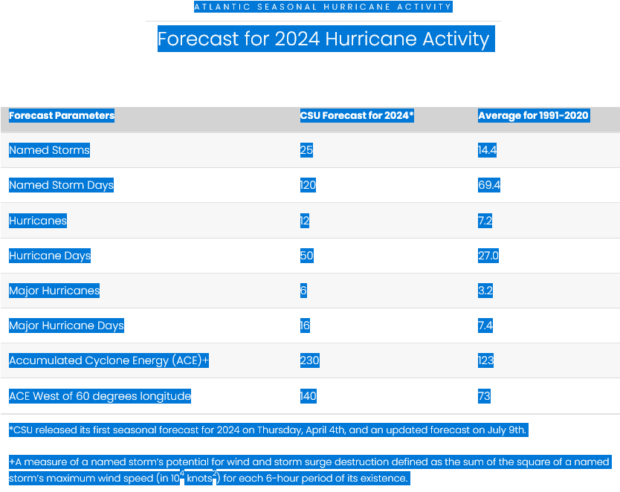
The forecasters now estimate the probability for at least one major (category 3-5) hurricane landfall on each of the following coastal areas (after Jul 8) as:
- Entire continental U.S. coastline — 57 percent (full-season average from 1880–2020 is 43 percent)
- U.S. East Coast Including Florida Peninsula (south and east of Cedar Key,Fla.) — 31 percent (full-season average from 1880–2020 is 21 percent)
- Gulf Coast from the Florida Panhandle (west and north of Cedar Key, Fla.) westward to Brownsville — 38 percent (full-season average from 1880–2020 is 27 percent)
The probability for at least one major (category 3-5) hurricane landfall tracking through the Caribbean (after Jul 8) as:
- 62 percent (full-season average from 1880–2020 is 47 percent)


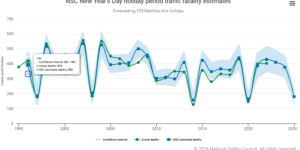






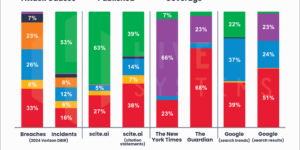










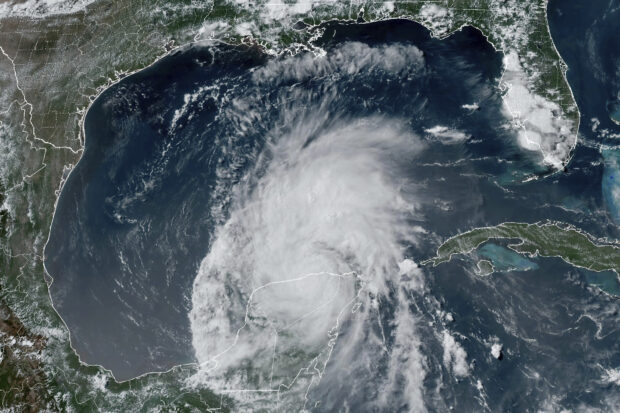
 2025 Underwriting Profit and ‘Shop-a-Palooza’ Predicted for Auto Insurance
2025 Underwriting Profit and ‘Shop-a-Palooza’ Predicted for Auto Insurance  Most Distracting Holiday Songs for Drivers Ranked
Most Distracting Holiday Songs for Drivers Ranked  AM Best Revises Outlook for U.S. Personal Lines Insurance Segment to ‘Stable’
AM Best Revises Outlook for U.S. Personal Lines Insurance Segment to ‘Stable’ 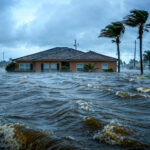 National Flood Insurance Program Authorized to Continue Through Mid-March
National Flood Insurance Program Authorized to Continue Through Mid-March 